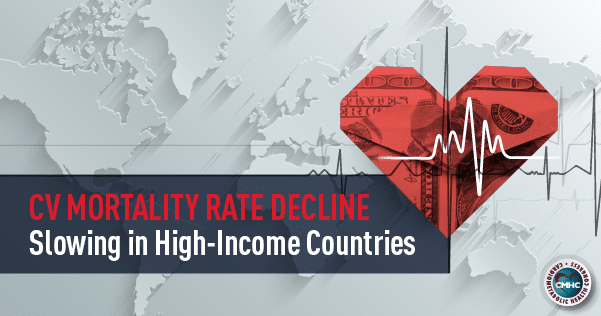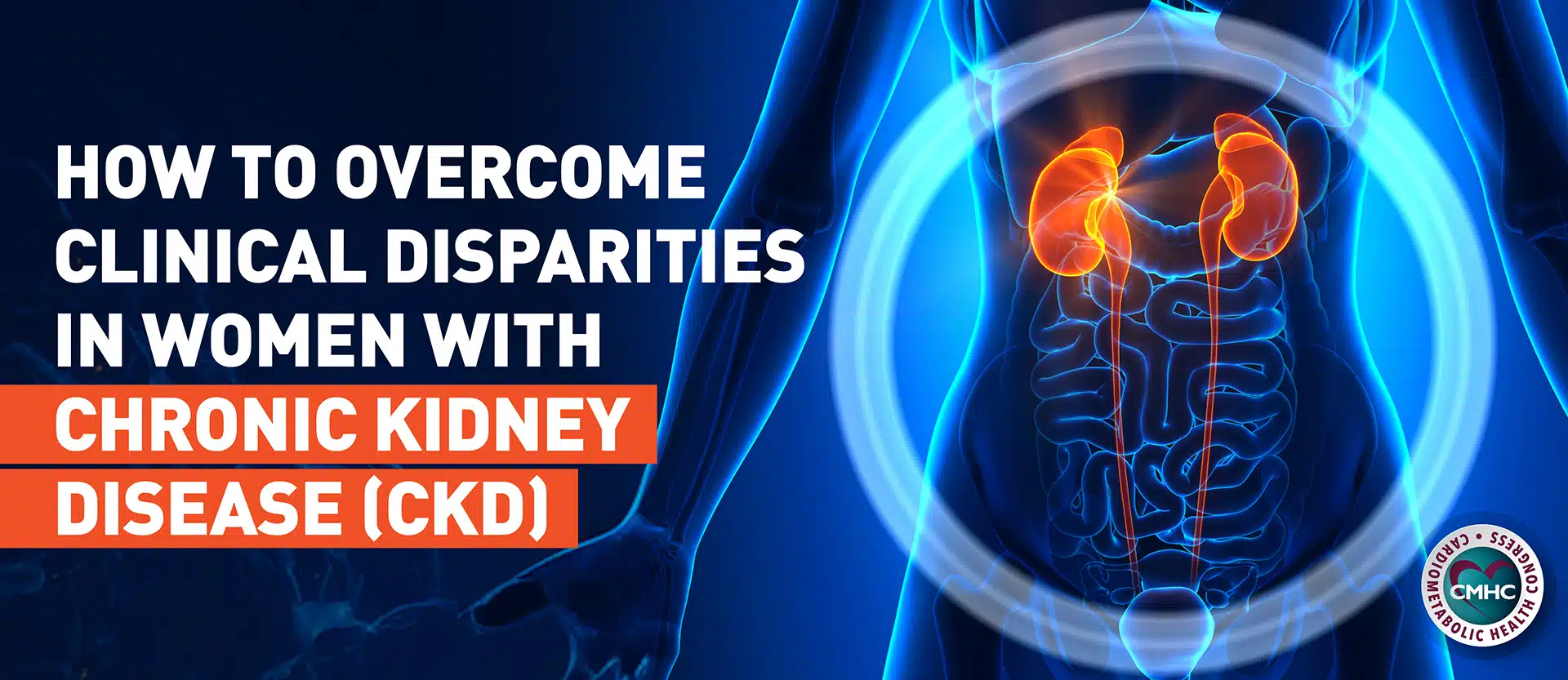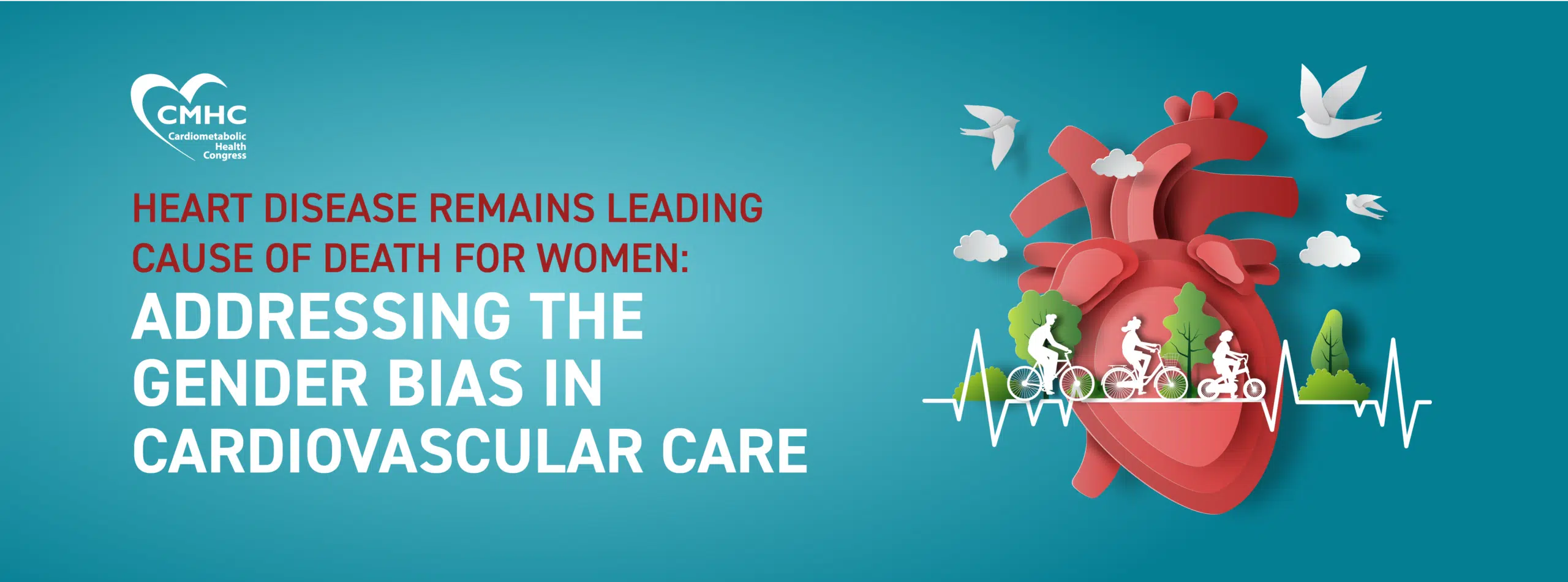While trends in life expectancy and premature mortality rates have indicated progress in the clinical treatment of cardiovascular diseases (CVD) – and most notably in high-income countries – CVD remains the leading cause of death worldwide, as well as the leading cause of premature death, per data from the Global Burden of Disease study. Throughout the past several decades, the primary focus of public health efforts has been on decreasing mortality rates associated with major cardiovascular diseases, such as ischaemic heart disease and stroke. In lower-income countries, elevated CVD risk remains due to unchanging risk factors, including high tobacco consumption, poor blood pressure, lipid, and glucose control, as well as an ever-increasing adoption of the Western diet.
The notable decreases in CVD mortality rates found in higher-income nations stem from successful public health efforts aimed at reducing primary CVD risk factors among the population, such as decreasing tobacco smoking and alcohol consumption, improving dietary and exercise patterns, as well as enhancing the standard of medical care. As such, declines in CVD mortality have contributed to significant growth in life expectancy within Australia, the United States, and other high-income countries.
However, the long-term decline in CVD and heart disease mortality may be stagnating, with rates even rising in certain populations according to recent statistics .Increasing hazards to population health as well as high and growing obesity levels, may be some of the leading causes behind the declines in life expectancy; they may even carry the potential to offset benefits of further declines in smoking prevalence <>. Rising obesity rates may lead to inter-generational decline in life expectancy in high income countries, such as the United States, and contribute to decreasing life expectancy as well as the slowing down of CVD mortality rate declines.
Trends in CVD Mortality Rate Decline in High-Income Countries
Emerging research published in the International Journal of Epidemiology provides a detailed analysis of recent CVD mortality trends in high-income populations, identifying countries that are currently experiencing a slowdown – or reverse – in mortality rate decline. A team of investigators in Australia conducted the study to analyze the correlation between declines in CVD mortality rate progress and risk factor trends – including obesity and smoking – disparities in mortality risk, and their possible implications for longevity.
Dr. Alan D. Lopez and Dr. Tim Adair from the University of Melbourne assessed vital statistics obtained from the World Health Organization Mortality Database for 23 high-income countries, examining age-standardized CVD mortality rates by sex for all ages. In their analysis, the researchers found a considerable slowdown in the rate of decline in CVD mortality in the majority of countries, especially within the demographic of men and women aged between 35 and 74 years. According to the study, more than half of the countries revealed a decline in CVD mortality rate; at ages 35 to 74 years the rate was under 2% for at least one sex based on data from the previous year. This is approximately half of the annual average CVD mortality rate decline since 2000.
Furthermore, the CVD mortality rate grew in American men and women as well as Canadian women according to data from the past year. Comparing their results with Global Disease Burden study estimates, the research team concluded that the data implicate an even more alarming reversal in CVD mortality trends – with CVD death rates rising in seven countries for at least one sex in 2017.
Causes and Implications for Longevity
Potential explanations for the slowing CVD mortality rate declines are the rising levels of obesity and poor nutritional patterns among the populations affected. Given the significant increase in CVD mortality risk observed, the benefits of reductions in other factors, such as lower levels of tobacco smoking, may be offset by trends in obesity and poor dietary habits.
Furthermore, reducing inequalities in CVD risk factors and improving treatment access across populations continues to be a challenge. While narrowing these disparities has the potential to further CVD-mortality reductions, inequalities remain within many high-income countries, especially in those revealing the slowest declines in recent years. As cardiovascular diseases are the leading cause of death worldwide, the slowdown or reversal in mortality rate decline is expected to have an adverse effect on overall population longevity, the study’s authors note.
The recent results pose a challenge for public health policy to promote improved nutritional and physical activity patterns, enhancing cardiovascular health across the globe. “A resumption of CVD mortality declines will require concerted and strategic efforts to reduce population exposure to risk factors even further, particularly obesity, as well as improvements in population access to high-quality treatment and care,” Dr. Lopez and Dr. Adair concluded, highlighting the urgent need for targeted prevention efforts to address globally prevalent risk factors contributing to the reversal of positive population-wide health trends.


















